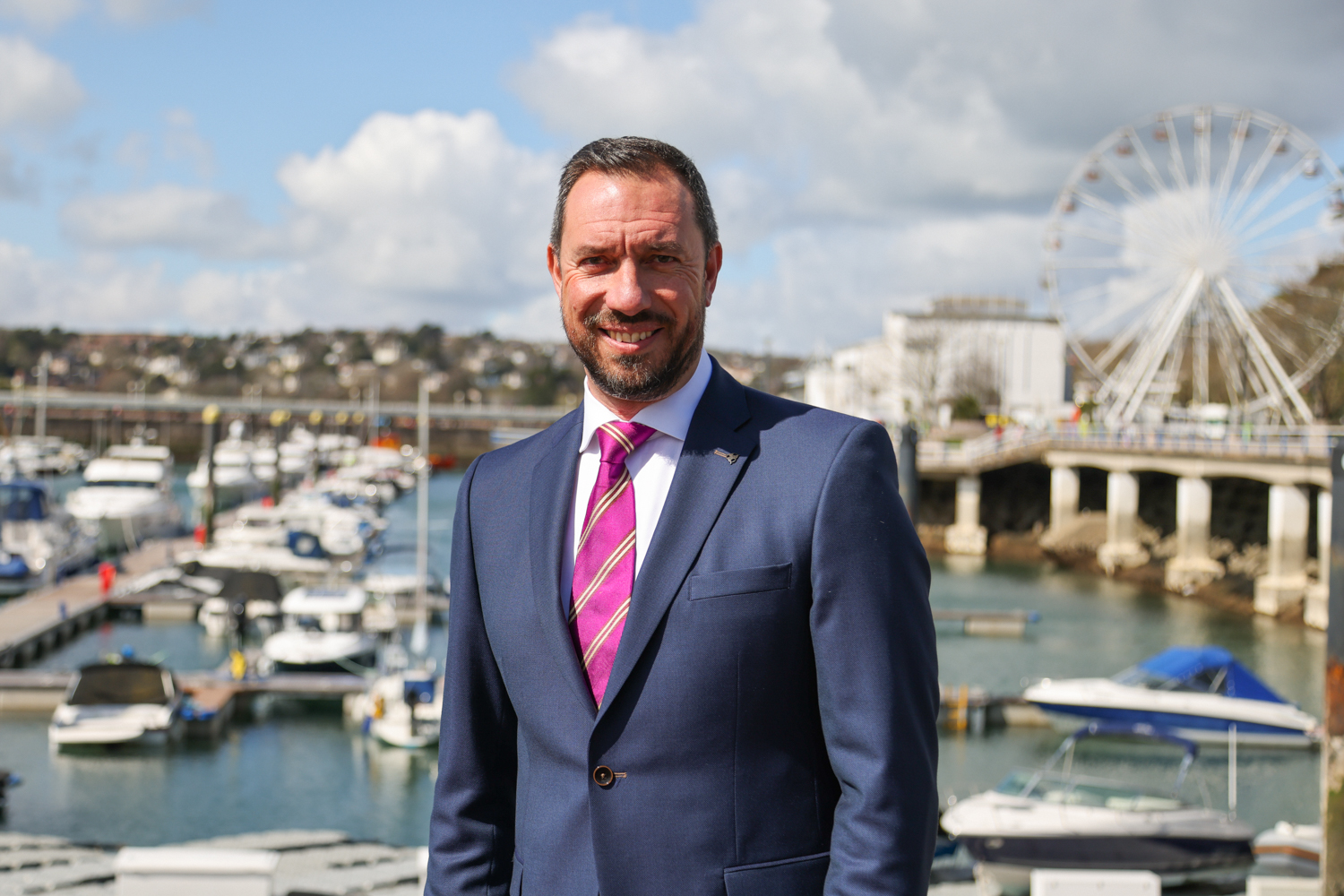Marco Floreale – Head of the Sport Law Division at Wollens, reflects on the distinctions between sponsorships and partnerships, drawing from his own recent experiences with these options.
You may have seen in recent weeks that Wollens have become the Preferred Legal Partner to a host of sporting clubs here in the Southwest and read that we are also a sponsor to the same clubs, and perhaps you thought ‘What is the difference? Or is it the same difference?’.
From the outside looking in it can be difficult to spot the difference simply because in the first instance they are interchangeable.
The definition of the word “Sponsorship” will tell you that it is the position or function of a person or a group who vouches for, supports, advises, or helps fund another person or an organisation or project”.
Conversely, the definition of “Partnership” is a contractual relationship between two or more persons carrying on a joint business venture with a view to a profit, each incurring liability for losses and the right to share in the profits”.
From our point of view at Wollens, we see our relationship with sporting clubs as a partnership but not defined by the true definition highlighted above. Why? This is where a distinction needs to be made and a greater understanding as to why a partnership forges a deeper understanding of each other’s business needs and wants and lasts longer than a sponsorship which invariably has a set term.
To take a step back, the sponsorship model is probably one that more people are familiar with in that two parties enter into an agreement where one provides something in return for something else. It has all the hallmarks and ingredients of a contract: offer, acceptance, consideration, and the intention to create legal relations. This is normally when one party provides funding (money) in exchange for promotional opportunities ( for example; their logo on a shirt).
It does not always follow that all sponsorship means the parting of money, it can and does take other forms, namely donating products or time, services, or cross-promotion. However, in the bulk of cases it is funding in return for placement of branding.
The key to forming a great partnership though is to ask, “What can we do for you?” or “What do you want to get from this partnership?”. It is critical to think outside the box and bring to the table something different from what another sponsor is doing or has done. If you always do what you have always done, then you will always get what you have always got – the very definition of insanity.
I like to think of the team at Wollens as forward thinkers, differentiators, game-changers but more importantly a firm that not only understands our clients’ needs but adds benefit and value. For the relationship to work it must be balanced and, again, we are extremely grateful that our relationships are now also friendships. Getting the balance between sponsorship v partnership is about understanding the difference between sponsorship v partnership.
To understand this – the following points are key;
Know your sponsors/partners. Being able to understand and know a potential sponsor/partner is akin to knowing who your audience is when giving a key speech. Get it wrong and you lose your potential sponsor/partner. Get it right and they are fully onboard and invested in you and your company. The other important aspect is to ensure that they are a club/organisation that you would be proud to be associated with or have your company attached to. It is not ‘one size fits all’. Understanding what your ethos is and what the potential sponsor or partner’s ethos is or what your respective mission statements are will enable you to get to the finish line quicker. At Wollens our ethos is about our clients and ensuring they have an excellent experience. our guiding principle is: ‘Excellent service, every team, every time’. In the sporting world all clubs strive to provide an excellent fan experience and to be the best on and off the field of play, and as solicitors we recognise that and are the same.
Be choosy and don’t lower your standards. Just like any partnership, whether at work or in your personal life, a true partnership means you are delicately tied to each other so being choosy should not be underestimated. Part of the due diligence that both parties should undertake at the outset, is to see if your respective offerings complement each other and have synergy. As we grow and develop our Sports Law Division it means that, working with sporting clubs and elite athletes, we already understand their respective goals, but have an advantage as we work closely with football clubs, rugby clubs, cricket clubs and understand their world, their challenges, and objectives. It is also a true partnership if they can help you achieve your goals whilst not sacrificing your standards and enabling you to maintain and exceed your mission statement.
Take bite size chunks in getting the whole pie. This should be a given, but I have seen it go wrong a fair few times. The analogy of the tortoise and hare springs to mind as it is slow and steady that wins the race. This is because there is investment and, as a result of that, risk that is involved in a partnership. You wouldn’t buy a car or house without test driving it or viewing it would you? So, don’t jump into a sponsorship/partnership without taking your time and understanding them and their world, and be confident to say no if the two worlds don’t align. Being able to deliver is also very important for both parties – as the saying goes ‘a promise is nothing until it is delivered’. Knowing you have the right people, in the right job, for the right reason, for the right client means it has a greater chance of succeeding and bite size chunks means you get to build and grow together and be on the same page at the same time.
Facilitate communication and networking. Doing a joint event and sharing your respective knowledge and experience to a receptive audience will cement the relationship but also, more importantly for both parties, build connections and a new network with contacts that are engaged in your world. Ideally face-to face interaction is the jewel in the crown for any relationship. This provides more opportunity for both parties to have the right conversations with the right people and for collaborations to be fostered, this leads to any brand placement being more visible and attainable. It also provides the opportunity to make lasting relationships and not be just a memory.
In the realm of sponsorships and partnerships, I firmly believe that partnerships offer far greater value, and I encourage everyone to pursue and cultivate these relationships.

While sponsorships are abundant in today’s market, partnerships require both parties to make sacrifices for mutual benefit. They involve aligning values, focusing on the bigger picture, and building a meaningful relationship that transcends mere financial transactions. Unlike sponsorships, where one party often has the upper hand, partnerships foster a more balanced and enduring connection.
Marco Floreale – Head of Sports Law
Contact : [email protected]
Call : 01803 396639
Legal Services For Professional Sportsmen And Sportswomen (wollens.co.uk)



